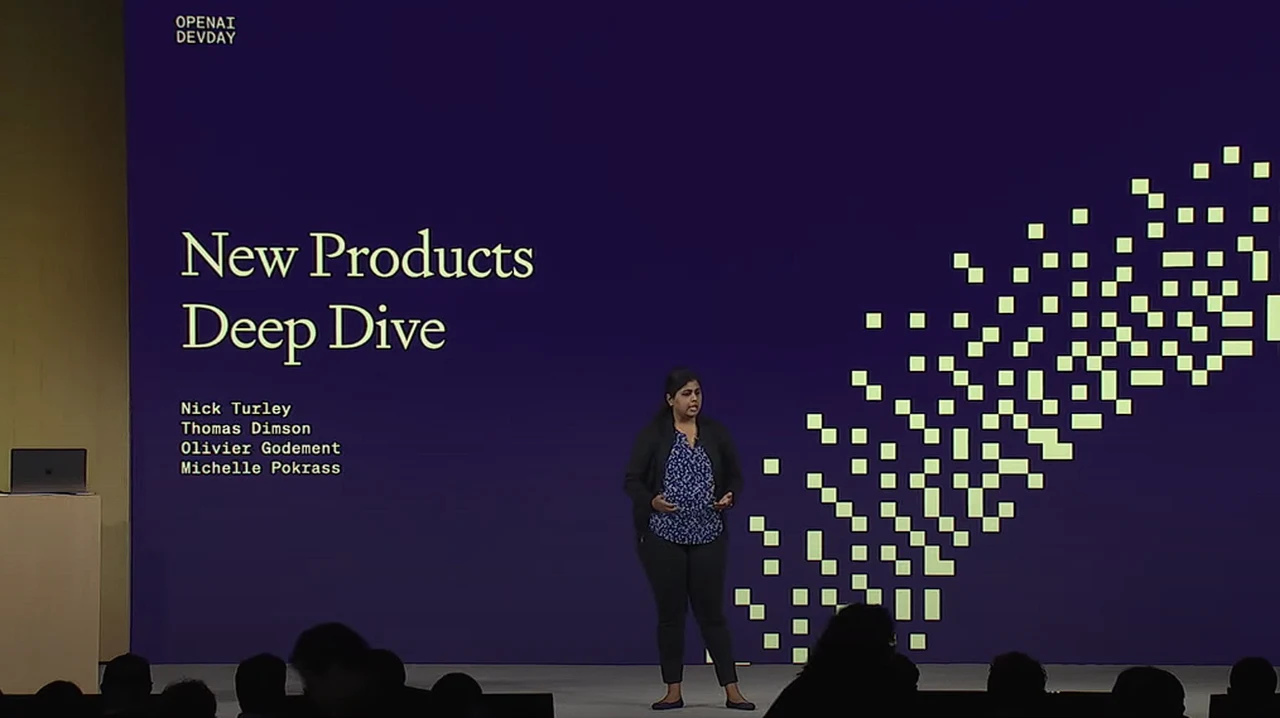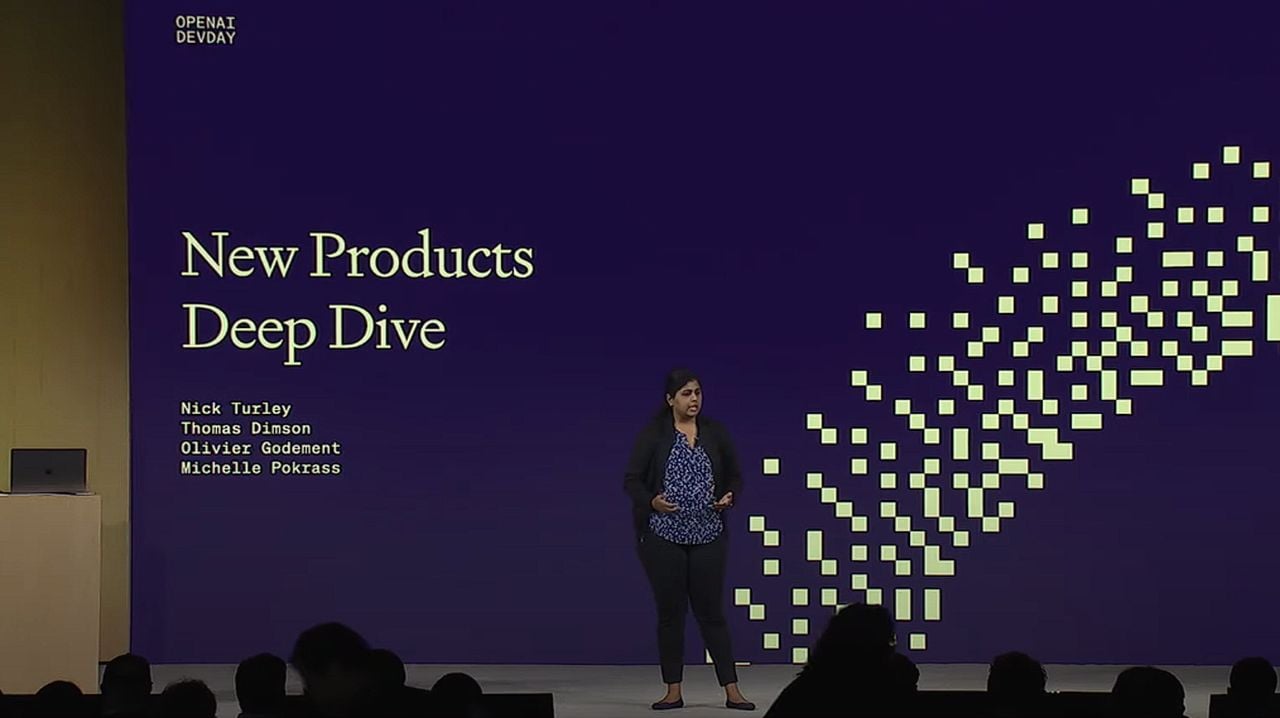
At the forefront of AI research and development, OpenAI’s DevDay presented an exciting session that offered a deep dive into the latest advancements in artificial intelligence. The session, aimed at exploring the evolution and future potential of AI, particularly focused on agent-like technologies, a rapidly developing area in AI research. Central to this discussion were two of OpenAI’s groundbreaking products: GPTs and ChatGPT.
The session was led by two of OpenAI’s prominent figures – Thomas, the lead engineer on the GPTs project, and Nick, who oversees product management for ChatGPT. Together, they embarked on narrating the compelling journey of ChatGPT, a conversational AI that has made significant strides since its inception.
Their presentation underscored how ChatGPT, powered by GPT-4, represents a new era in AI with its advanced capabilities in processing natural language, understanding speech, interpreting code, and even interacting with visual inputs. The duo emphasized how these developments have not only expanded the technical horizons of AI but also its practical applicability, making it an invaluable tool for developers and users worldwide.
The Three Pillars of GPTs
The core of the session revolved around the intricate architecture of GPTs, revealing how they are constructed from three fundamental components: instructions, actions, and knowledge. This triad forms the backbone of GPTs, providing a versatile framework that can be adapted and customized according to diverse requirements.
- Instructions (System Messages): This element serves as the guiding force for GPTs, shaping their interaction style and response mechanisms. Instructions are akin to giving the AI a specific personality or directive, enabling it to respond in a manner tailored to the context or theme of the application.
- Actions: Actions are the dynamic component of GPTs that allow them to interact with external systems and data. This connectivity extends the functionality of GPTs beyond mere conversation, enabling them to perform tasks, manage data, and even control other software systems, thus adding a layer of practical utility.
- Knowledge: The final element is the vast repository of information and data that GPTs can access and utilize. This knowledge base is not static; it can be expanded and refined to include specific datasets, allowing GPTs to deliver informed and contextually relevant responses.
Through this tripartite structure, developers can create customized versions of ChatGPT, tailoring them to specific themes, tasks, or user needs. The session highlighted how this flexibility opens up endless possibilities for innovation in AI applications, making GPTs a powerful tool in the arsenal of modern technology.
Delving into GPTs and ChatGPT
Other articles we have written that you may find of interest on the subject of OpenAI :
Live Demonstrations: Bringing Concepts to Life
The presentation included live demos, showcasing the flexibility and power of GPTs. For instance, a pirate-themed GPT was created to illustrate how instructions can give unique personalities to the AI. Another demonstration involved Tasky Make Task Face, a GPT connected to the Asana API through actions, showing the practical application in task management.
Additionally, a GPT named Danny DevDay, equipped with specific knowledge about the event, was shown to demonstrate the integration of external information into AI responses.
Introducing Mood Tunes: A Creative Application
A particularly intriguing demo was ‘Mood Tunes’, a mixtape maestro. It combined vision, knowledge, and music suggestions to create a mixtape based on an uploaded image, showcasing the multi-modal capabilities of the AI.
The Assistance API: A New Frontier
Olivier and Michelle, leading figures at OpenAI, introduced the Assistance API. This new API is designed to build AI assistants within applications, incorporating tools like code interpreters, retrieval systems, and function calling. The API simplifies creating personalized and efficient AI assistants, as demonstrated through various practical examples.
What’s Next for OpenAI?
The session concluded with a promise of more advancements, including making the API multi-modal by default, allowing custom code execution, and introducing asynchronous support for real-time applications. OpenAI’s commitment to evolving AI technology was clear, as they invited feedback and ideas from the developer community.
Filed Under: Technology News, Top News
Latest timeswonderful Deals
Disclosure: Some of our articles include affiliate links. If you buy something through one of these links, timeswonderful may earn an affiliate commission. Learn about our Disclosure Policy.

